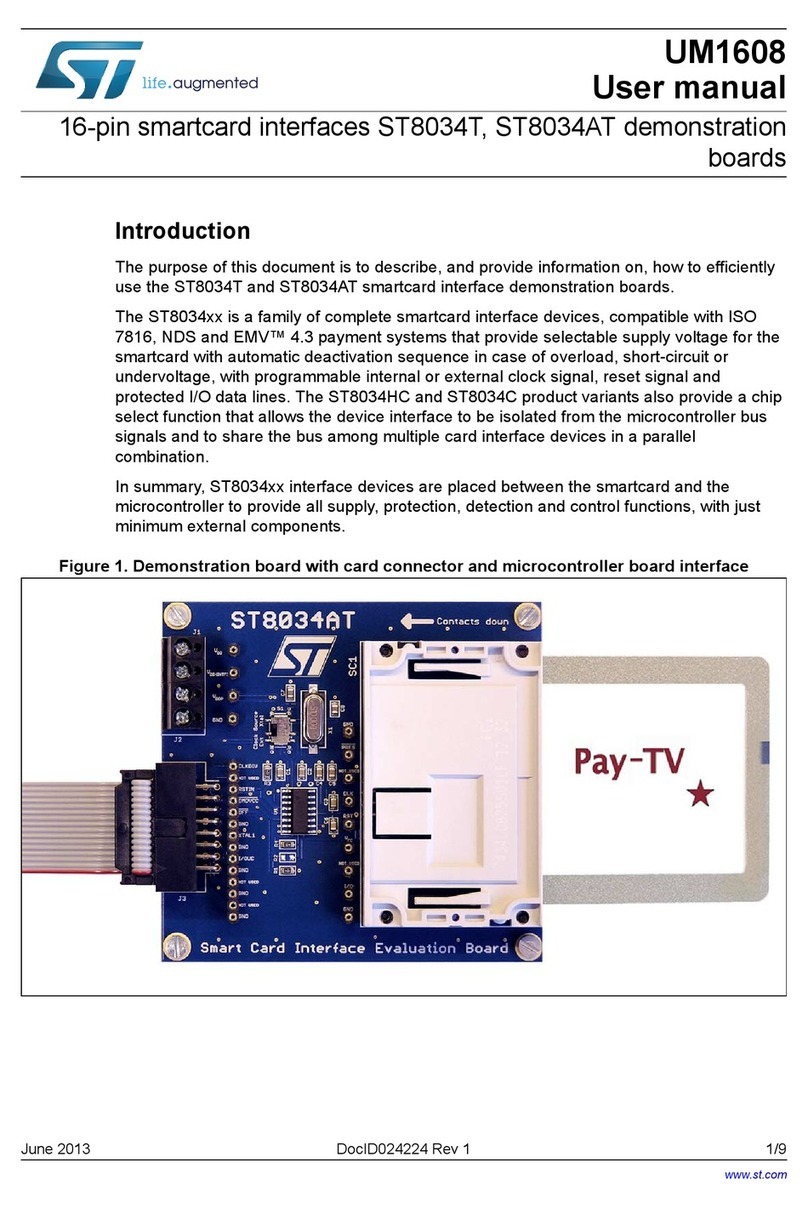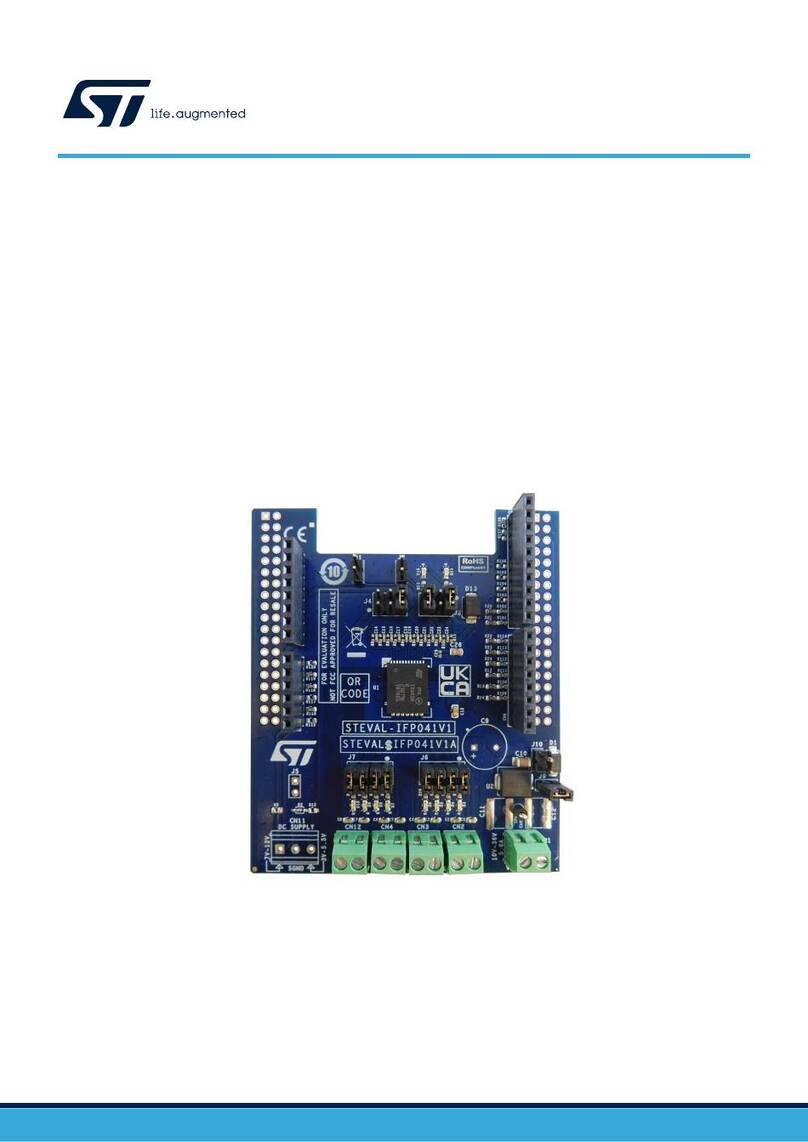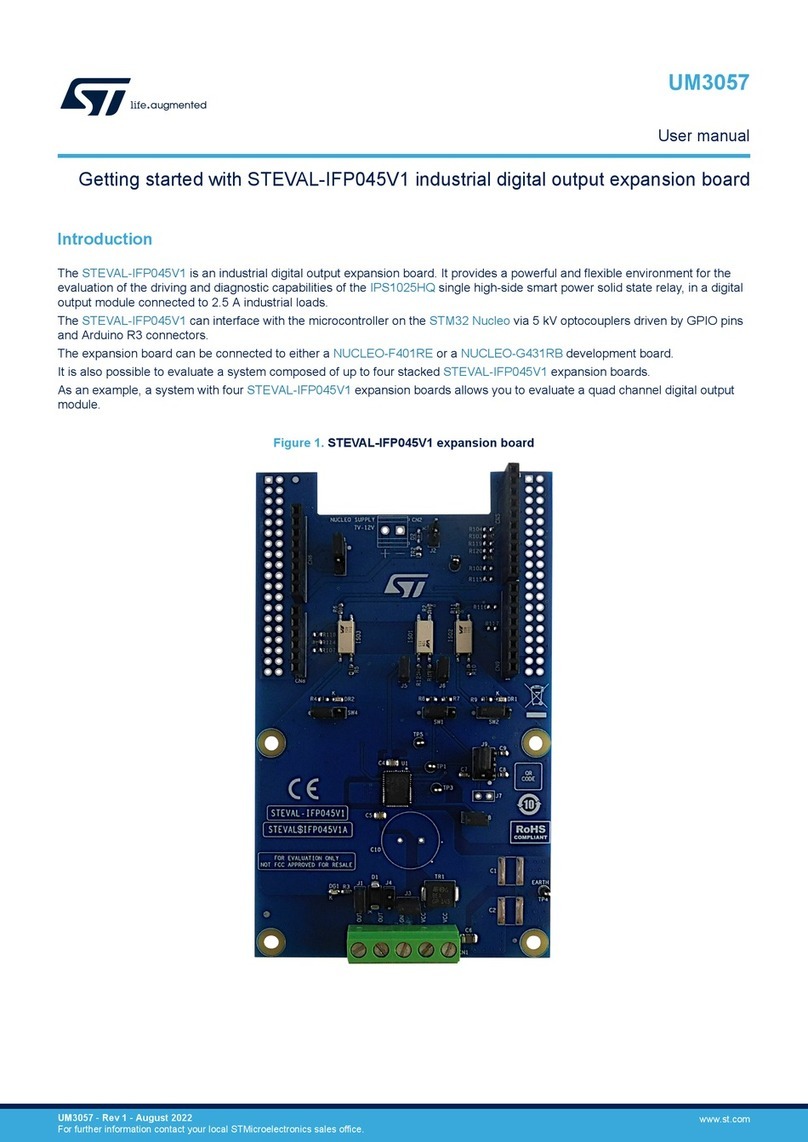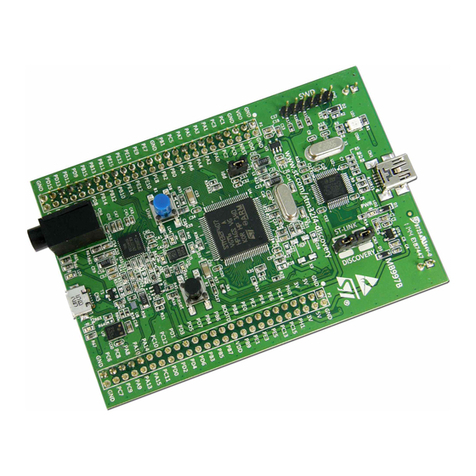ST STDES-50W2CWBC Specification sheet
Other ST Computer Hardware manuals

ST
ST STEVAL-IDZ3V1 Series User manual
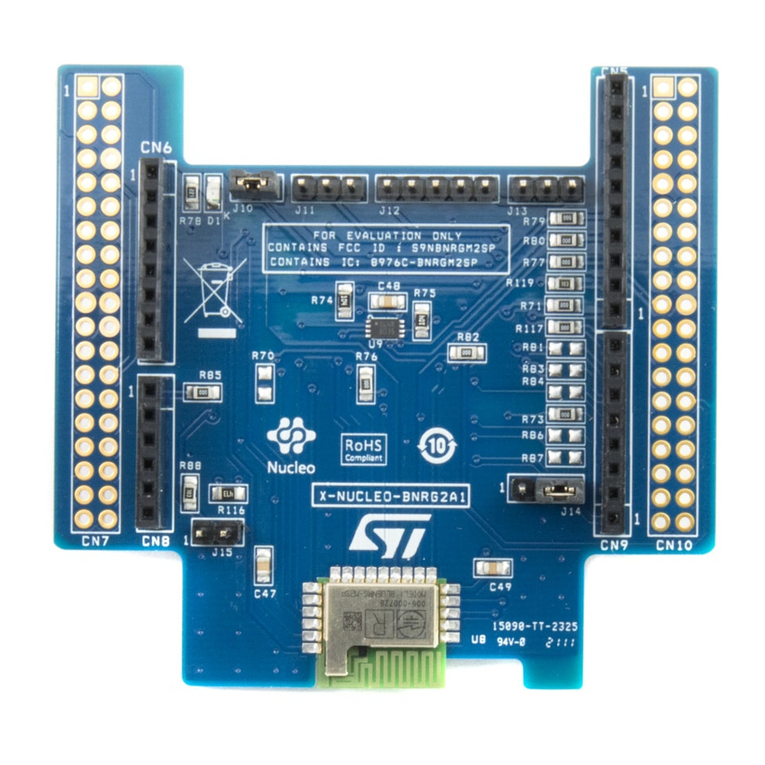
ST
ST X-NUCLEO-BNRG2A1 User manual
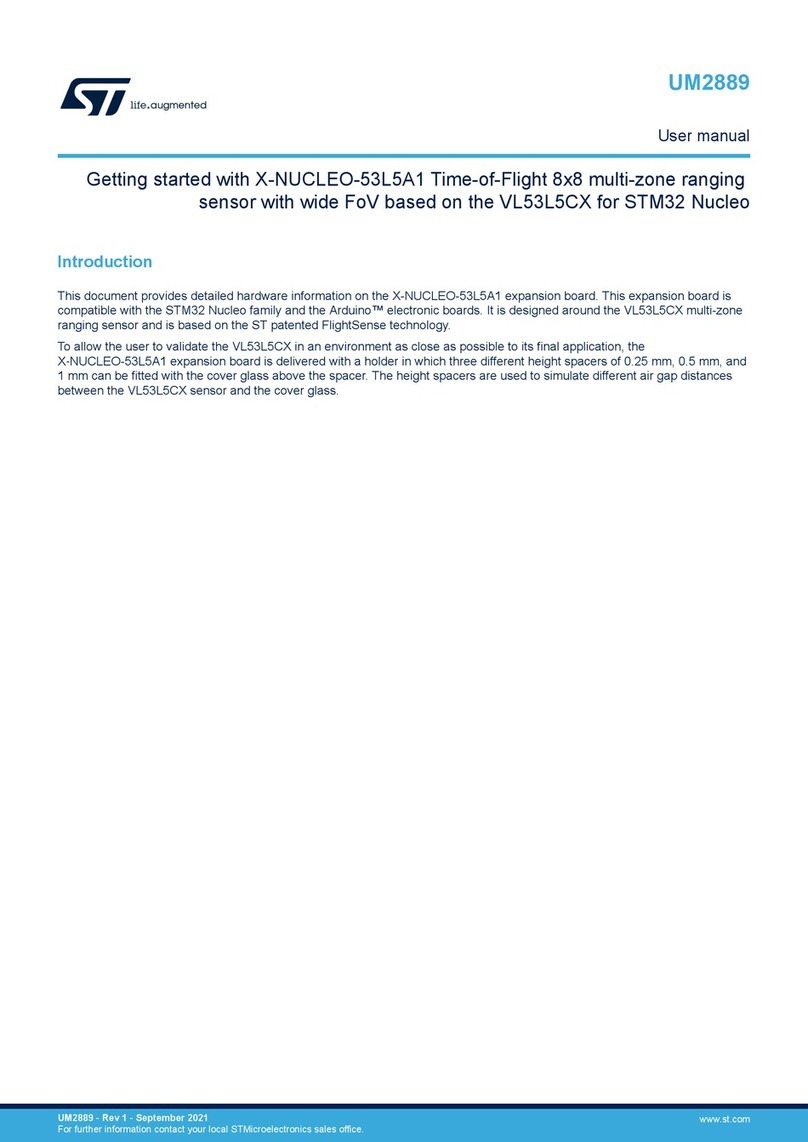
ST
ST X-NUCLEO-53L5A1 User manual
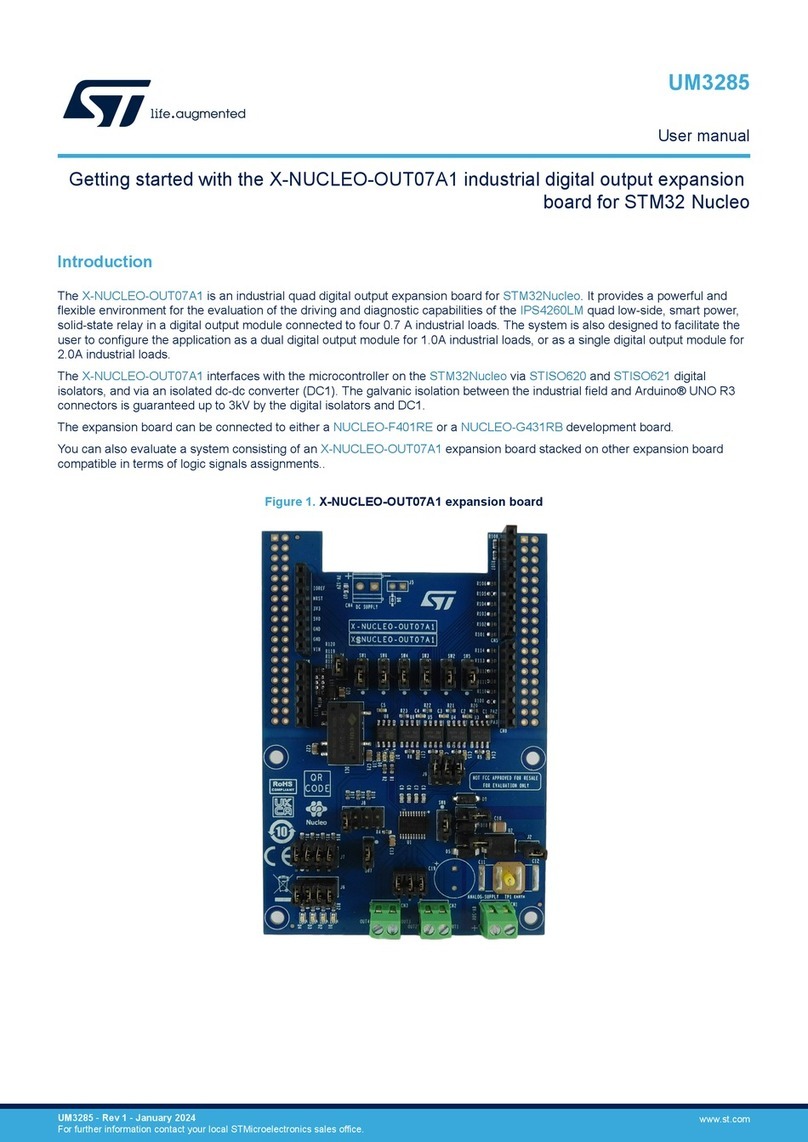
ST
ST X-NUCLEO-OUT07A1 User manual

ST
ST STM32F3DISCOVERY User manual
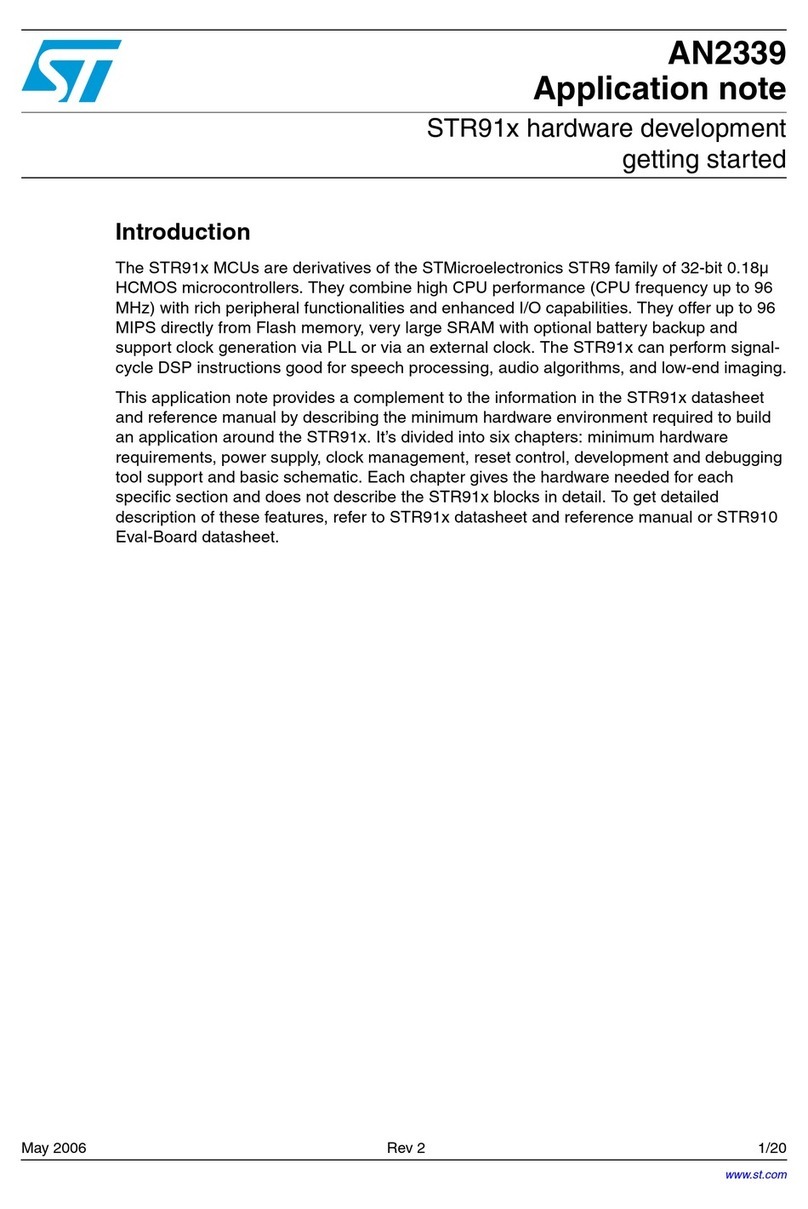
ST
ST STR91 Series Installation and operating instructions
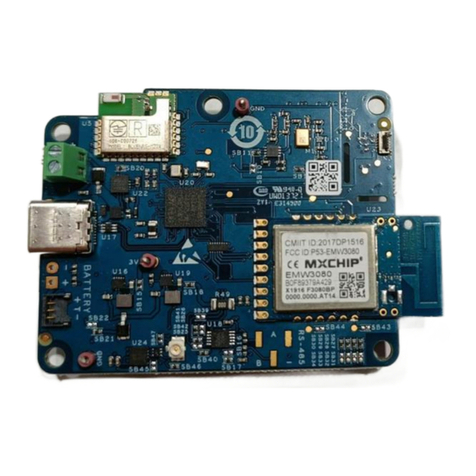
ST
ST STM32Cube User manual

ST
ST X-NUCLEO-6283A1 User manual

ST
ST STEVAL-STWINMA2 User manual
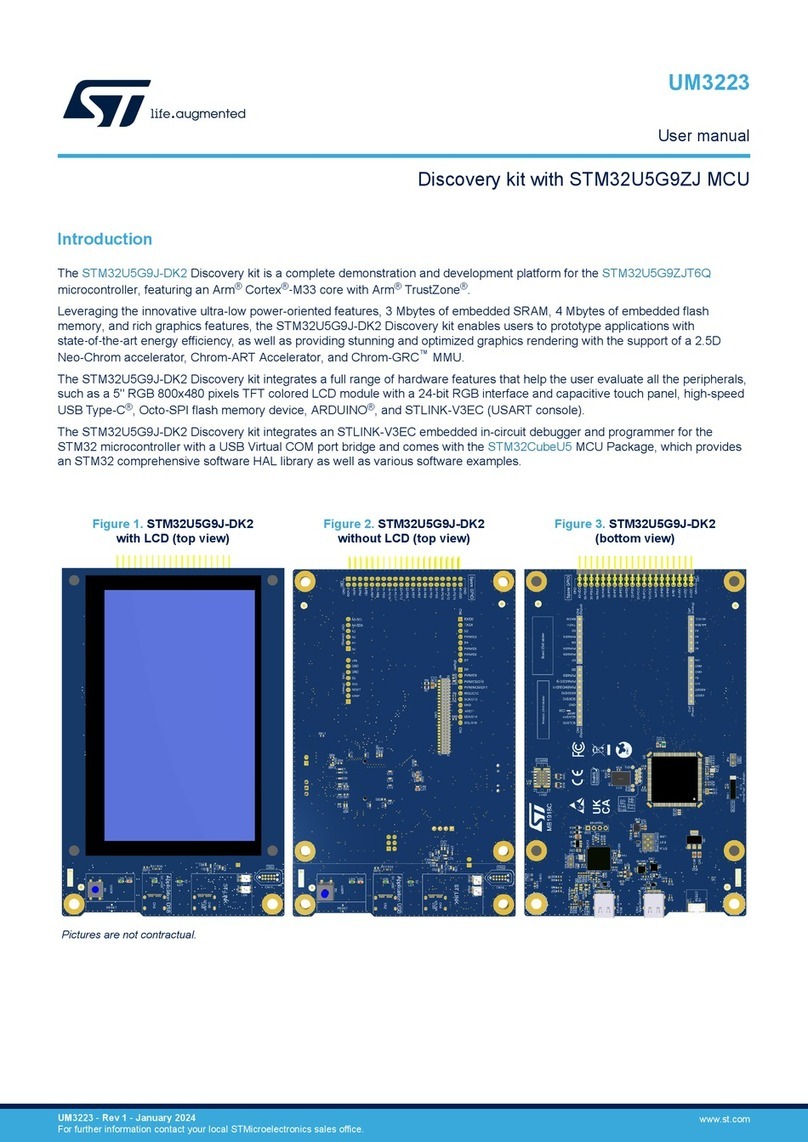
ST
ST STM32U5G9J-DK2 User manual

ST
ST STEVAL-CCH002V1 User manual
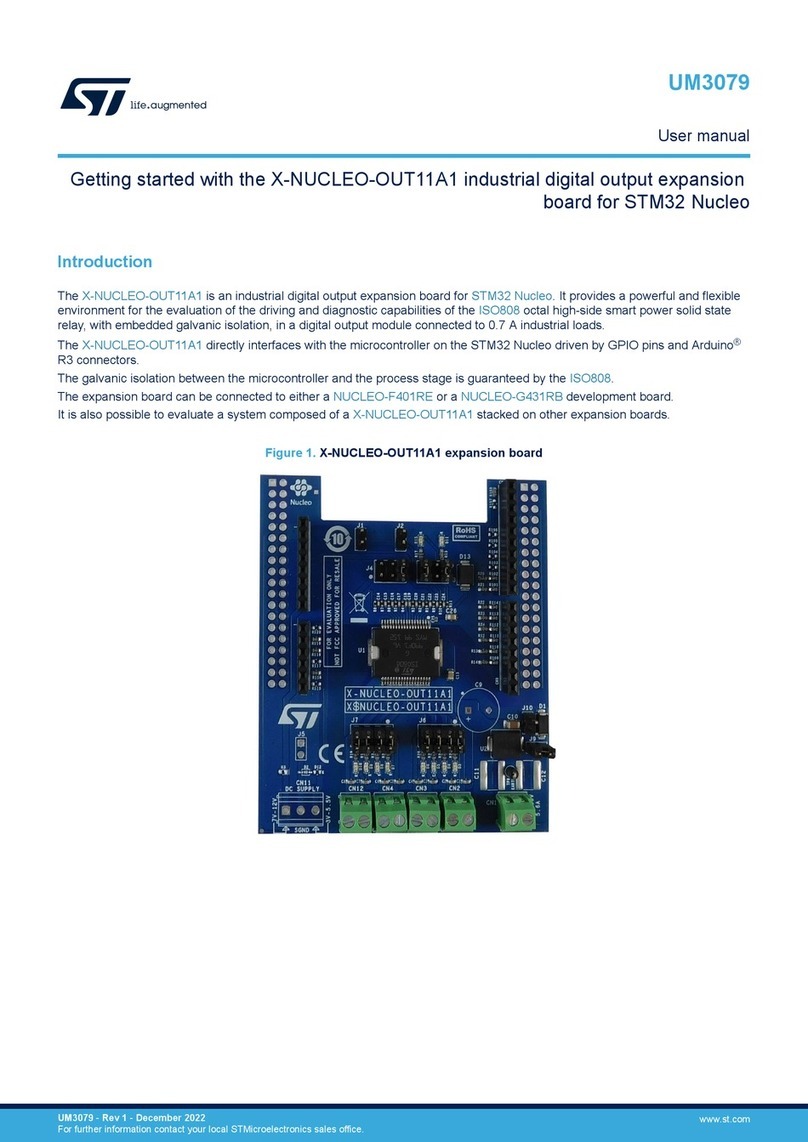
ST
ST X-NUCLEO-OUT11A1 User manual
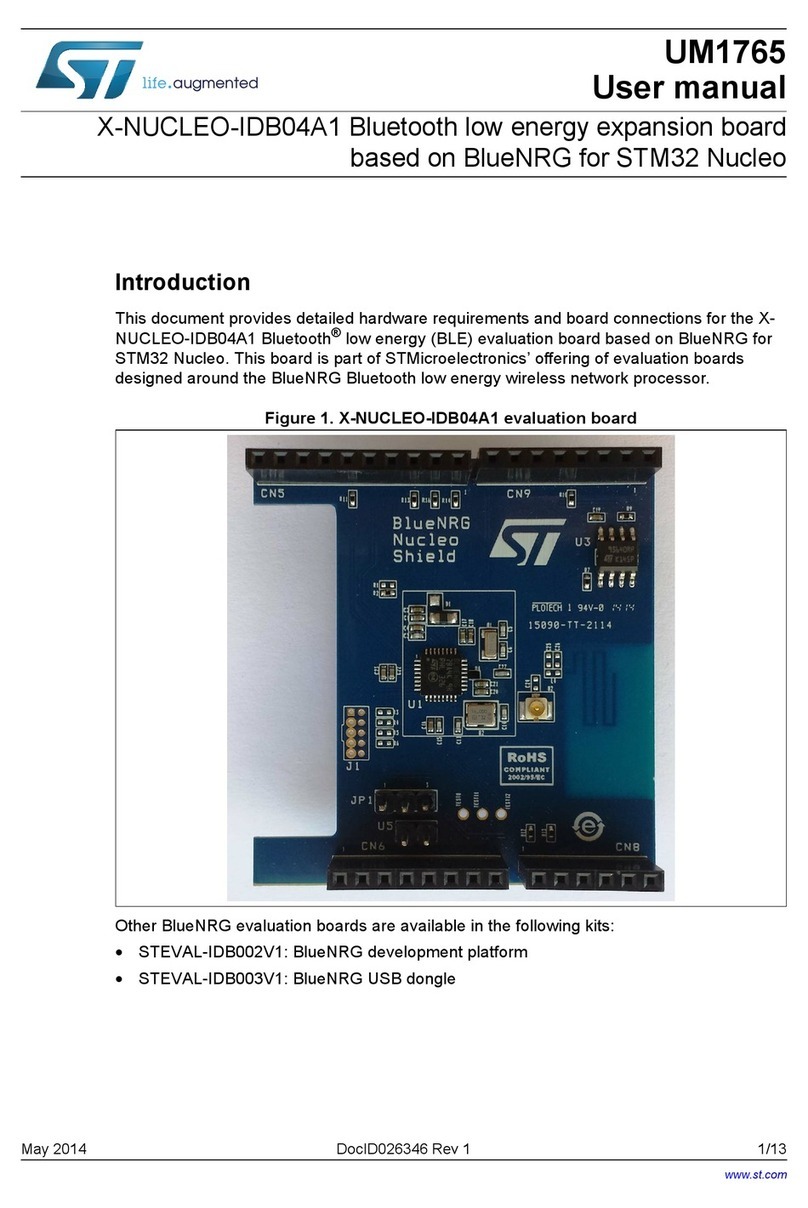
ST
ST X-NUCLEO-IDB04A1 User manual

ST
ST STM32 Nucleo User manual
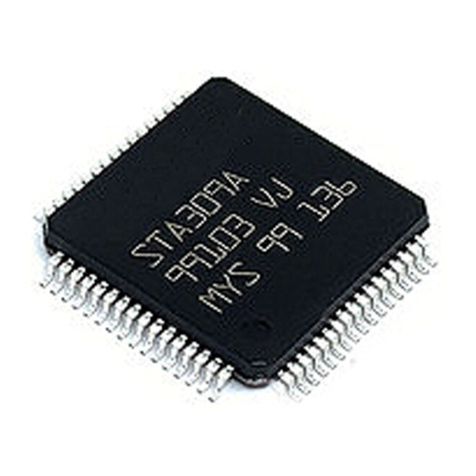
ST
ST STA309A User manual
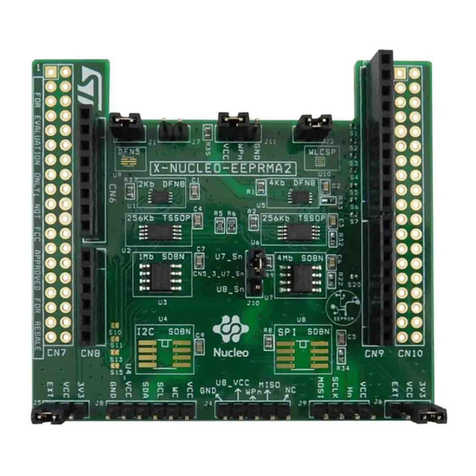
ST
ST X-NUCLEO-EEPRMA2 User manual
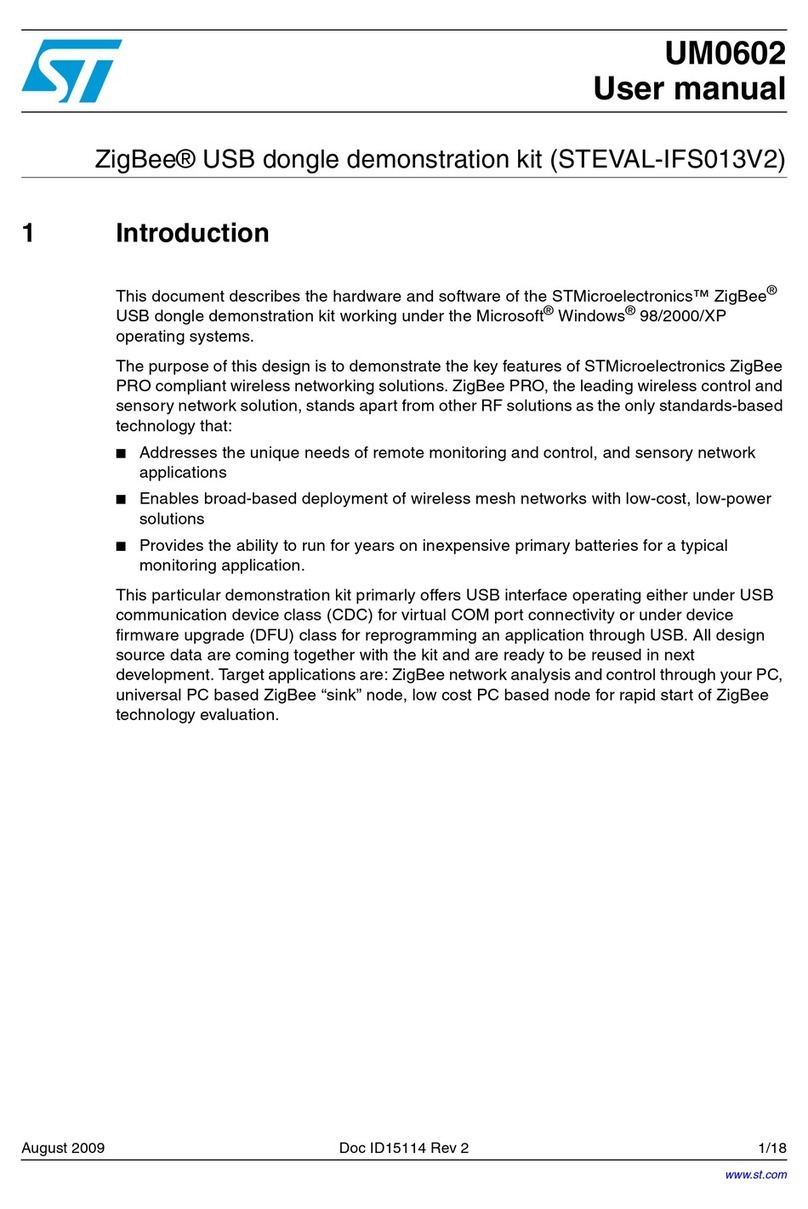
ST
ST STEVAL-IFS013V2 User manual
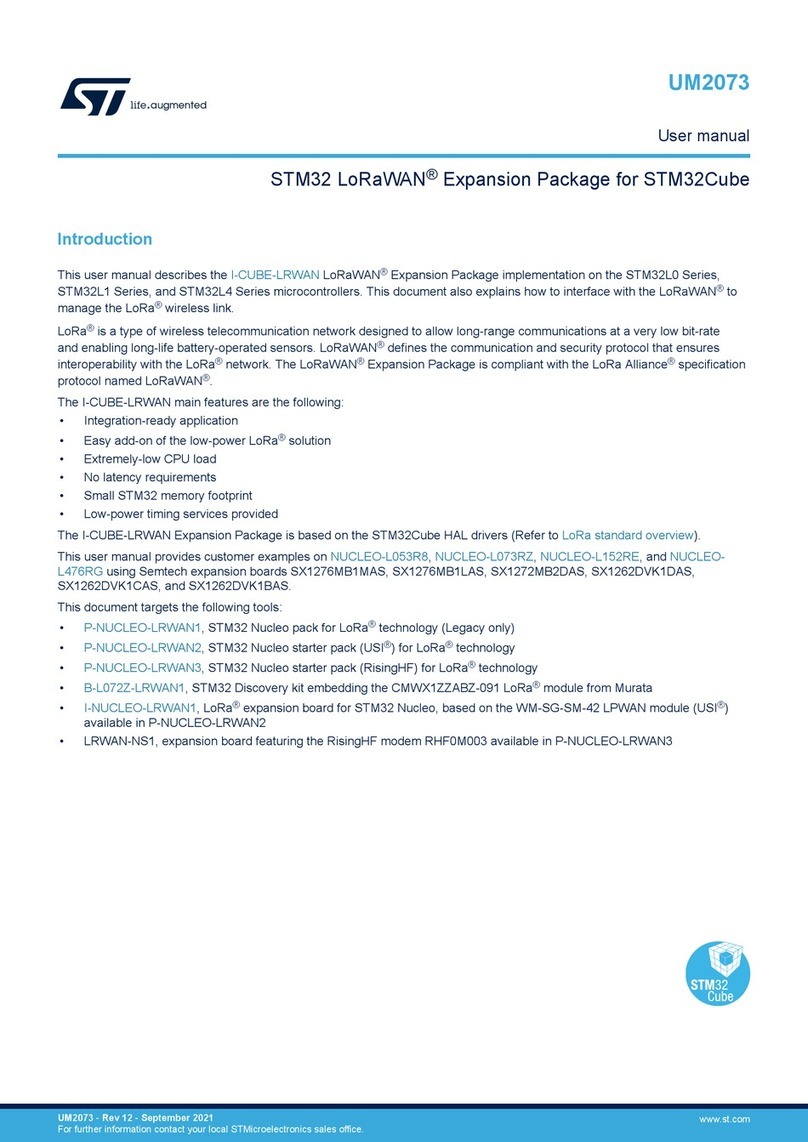
ST
ST I-CUBE-LRWAN User manual
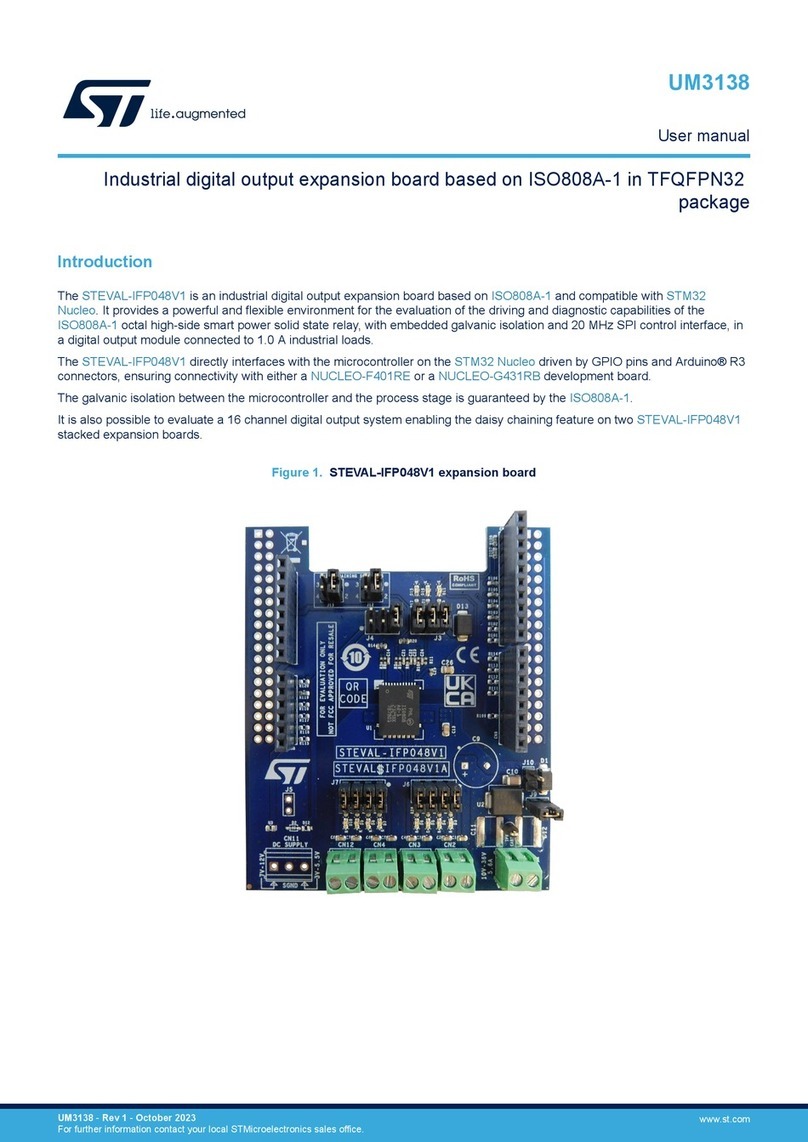
ST
ST STEVAL-IFP048V1 User manual
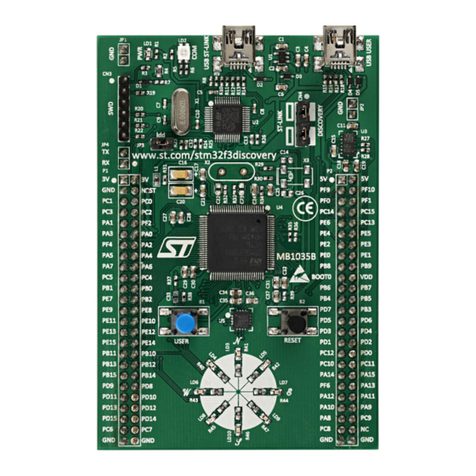
ST
ST STM32F3DISCOVERY User manual
Popular Computer Hardware manuals by other brands

EMC2
EMC2 VNX Series Hardware Information Guide

Panasonic
Panasonic DV0PM20105 Operation manual

Mitsubishi Electric
Mitsubishi Electric Q81BD-J61BT11 user manual

Gigabyte
Gigabyte B660M DS3H AX DDR4 user manual

Raidon
Raidon iT2300 Quick installation guide

National Instruments
National Instruments PXI-8186 user manual

Intel
Intel AXXRMFBU4 Quick installation user's guide

Kontron
Kontron DIMM-PC/MD product manual

STEINWAY LYNGDORF
STEINWAY LYNGDORF SP-1 installation manual

Advantech
Advantech ASMB-935 Series user manual

Jupiter
Jupiter RAM PACK instructions

Measurement Computing
Measurement Computing CIO-EXP-RTD16 user manual
